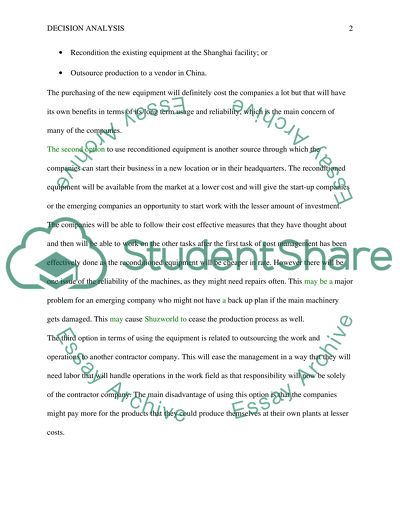Cite this document
(“Analysis of Business Operations Shuzworld Inc Term Paper”, n.d.)
Retrieved from https://studentshare.org/marketing/1437051-decision-analysis
Retrieved from https://studentshare.org/marketing/1437051-decision-analysis
(Analysis of Business Operations Shuzworld Inc Term Paper)
https://studentshare.org/marketing/1437051-decision-analysis.
https://studentshare.org/marketing/1437051-decision-analysis.
“Analysis of Business Operations Shuzworld Inc Term Paper”, n.d. https://studentshare.org/marketing/1437051-decision-analysis.


